Ten years ago, you’d be hard-pressed to find resources about studio lights for photographers. What’s the difference between a tungsten light and an LED? How do you bounce a strobe light? Which softbox should you buy?
Many pro photographers, like me, initially struggled with all the different studio light options. So, This article is for beginners or those who need a refresher. Before you give up on studio shooting because the lighting equipment is overwhelming, check out our guide on studio lights!
Before we discuss the types of studio lighting, we need to discuss the actual bulbs and output. Generally, you want to use bulbs on flashes or strobes with true white light. This is usually labeled as a “photography-toned bulb.”
True white light does not cause a color cast. You won’t get the blue or green of a fluorescent or the orange of a warm light.
The point of working in a studio is controlling all the variables. You don’t want to photograph a model with an odd skin tone due to bad light!
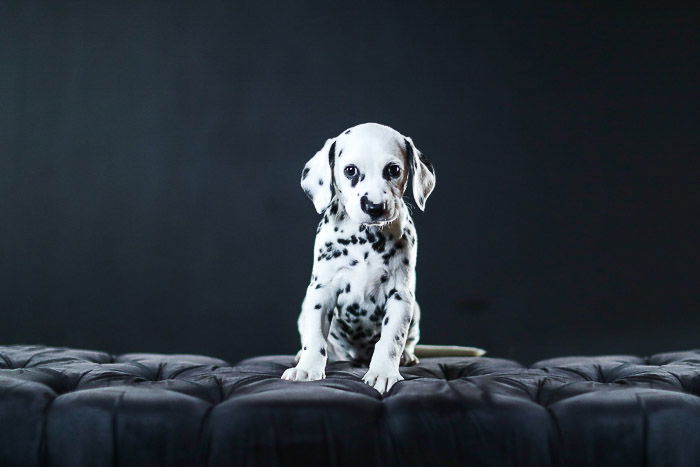
Shot with studio lights. © Anabel Dflux
If you’ve ever been in an office, a clinic, or most indoor commercial spaces, you’ve been under fluorescent lights. Fluorescent light is a low-pressure, mercury-vapor, gas-discharge lamp. It uses fluorescence to produce visible light.
Fluorescent lights are energy efficient but give off a relatively low light output. It’s usually around 60 to 100 watts. The bulbs are readily available, cheap, and easy to replace. But they can be tinted in ways you may not favor.
Fluorescent lights have a very negative reputation in the photography world due to the blue or green color cast they produce.
Some photographers create their own studio lights using non-flicker fluorescent. This can be a quick, cost-effective solution to a dark space on the fly!
A new fluorescent bulb is called a CFL, or Compact Fluorescent Light.” These are the curled bulbs you often see photographers using (pictured above). All my soft boxes feature white CFL bulbs tinted specifically for photography.
Finding the right bulb becomes slightly more complicated with the addition of CFLs. Not all are created equal.
CRI is the rating established for lights. It is also known as the Color Rendering Index, which tells you how clean your light is.
The range is from 0 to 100. Photographers should use bulbs with a CRI of 90 or above. (Do not go below 90!)

Shot with fluorescent studio lights. © Anabel Dflux
Pros:
Cons:
When you think of light for photography, flashes, strobes, and speedlights (speedlites) are the first things that come to mind. These extremely popular lighting units are used for a variety of photographic escapades. Most consumer-grade camera models come with built-in flashes.
Flashes, strobes, and speedlights emit tremendous light in a fraction of a second. They don’t produce continuous light like fluorescent, LED, or tungsten.
Many manufacturers produce strobe lighting systems. These systems come with various light-modifying accessories, such as umbrellas and softboxes.
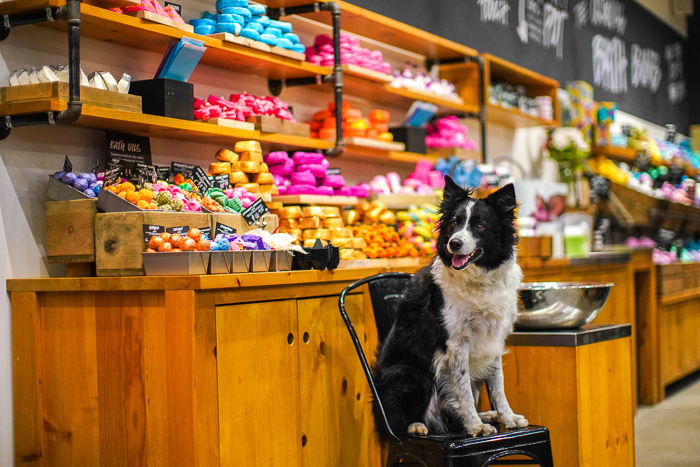
© Anabel Dflux
As the light only exists for a fraction of a second, you cannot see exactly how your scene will be captured until you trigger the flash. Once you do, the scene should be lit as expected based on how you positioned the lights.
Strobes tend to be significantly more powerful than continuous lights. And they have a specific style that attracts many photographers.
The power lets you shoot using lower ISO numbers than continuous lights. This bright power can also be intense for your subject. Flashes are also portable. Event photographers often use them to capture nightclubs and other dark spaces.
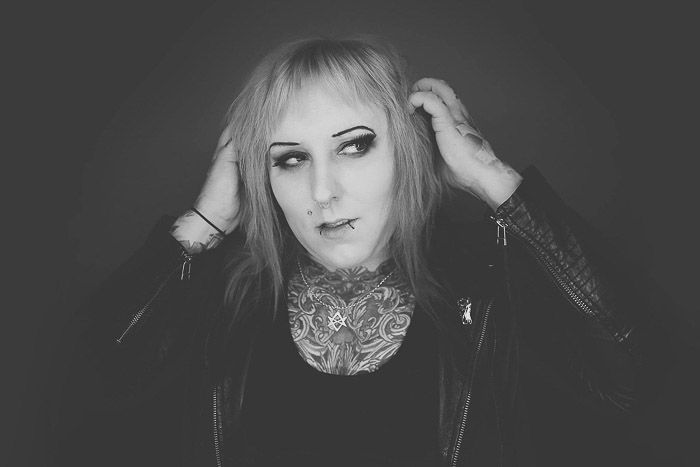
© Anabel Dflux
Pros:
Cons:
LED stands for “light-emitting diodes. ” LED lights are very energy efficient and produce little heat. They are also available in panel formats.
Due to their portability and versatility, these lights are becoming the new standard in the photography and video market. Many LED options can be found in online camera stores.
For reference, those trendy ring lights everyone uses for social media are LED lights! I have the GSKAIWEN 180 LED photography studio lighting kit that I love and use often for product photography.
But LEDs are not all created equal. Depending on the brand name and quality, these lights can be either stable or fussy to control. They can also vary from having a good, solid color temperature to being very unstable and flickery.
Most of the LEDs that I have seen have dimmers. Despite that, the quality of the light from LEDs tends to be a bit harsh and doesn’t spread out much. You might need to soften this light with spun diffusion material or bounce it off a wall.

© Anabel Dflux
Pros:
Cons:
Tungsten lights are the most common incandescent light bulbs. They provide artificial light to indoor areas.
These lights work by using a tungsten filament within an inert gas. When a current is passed through the filament, the naturally high resistance of tungsten causes the filament to glow. And it emits an orange light.
Tungsten lights offer the highest output levels but generate a lot of heat. The bulbs are inexpensive to replace but can change the color temperature if brightness levels are adjusted.
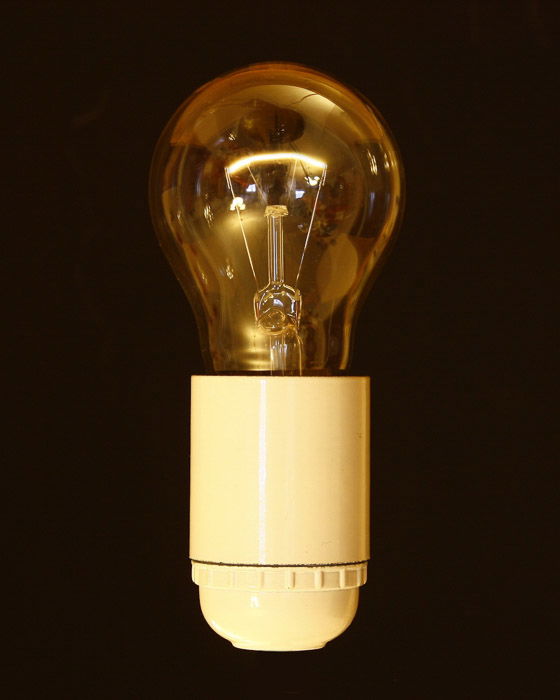
Pros:
Cons:

© Anabel Dflux
It’s best to always diffuse your studio lighting. This ensures that the lighting spreads evenly across your subject and space and doesn’t cast hot spots (overexposed spots in an image). You can buy a flash diffuser or softbox.
Hot spots are unflattering and a pain to retouch. Diffused lighting also works better for white balance than a spotlight.
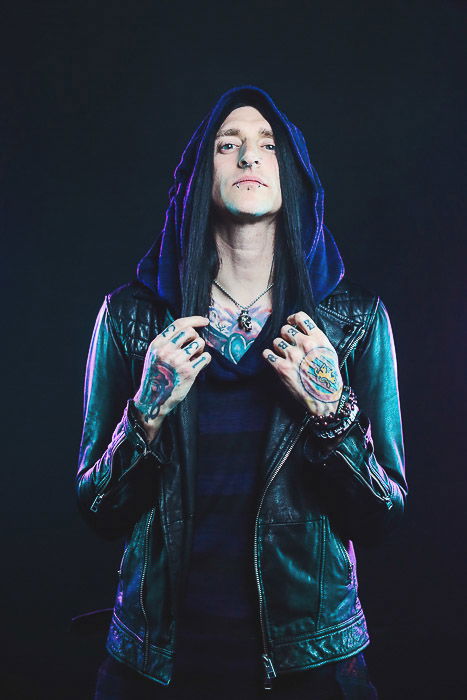
Most studio kits come with a diffuser, but you can get creative and use a white sheet if yours doesn’t. This can be a bed sheet, a piece of fabric, etc. The white sheet should be somewhat transparent (not too thick). But it should be thick enough that it isn’t completely sheer.
Take this sheet and drape it over your light to create a softbox. This softens and spreads the light. Ensure your lamp doesn’t burn too hot (fire risk!).
Now that you’ve found yourself outgrowing traditional white light a bit… add some color! Colored gels are filters that change your light’s output color. You can buy these at photography stores or make your own.
Gels tend to range in shape, size, color, intensity, and more—there are lots on the market! But the key point is to ensure you know their melting point. Because lights can run hot, you don’t want the gels to melt, as many are made of plastic!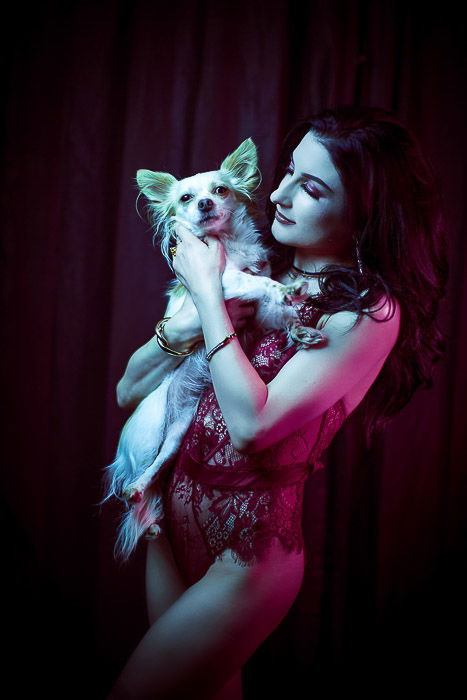 Cellophane is a good DIY way of making gels. Just wrap some colored sheets around your softbox or LED light. The key is to make sure you’re wrapping on lights that run colder, or they will melt. Then just attach it with tape!
Cellophane is a good DIY way of making gels. Just wrap some colored sheets around your softbox or LED light. The key is to make sure you’re wrapping on lights that run colder, or they will melt. Then just attach it with tape!
The possibilities with gels are limitless. There is so much you can do! For color combinations, if you make your gels have the same intensity, they will match. This also makes editing a lot easier later on.
Now that you know what each artificial studio light is, you can use each to explore the realm of studio photography!
For more tips, check out our post about the best lighting equipment to get started with!